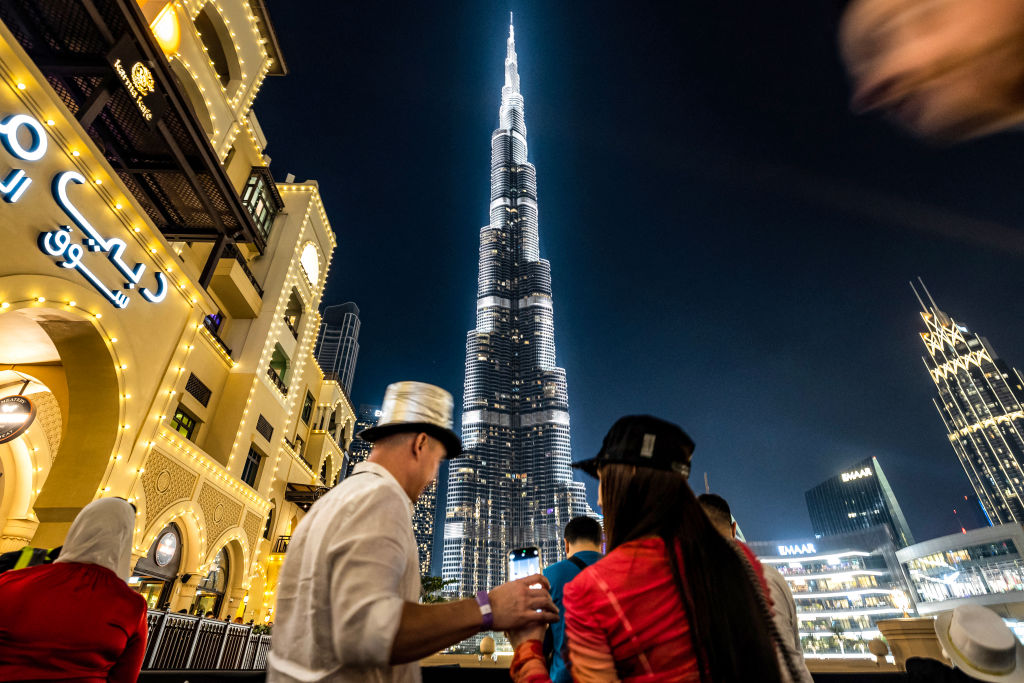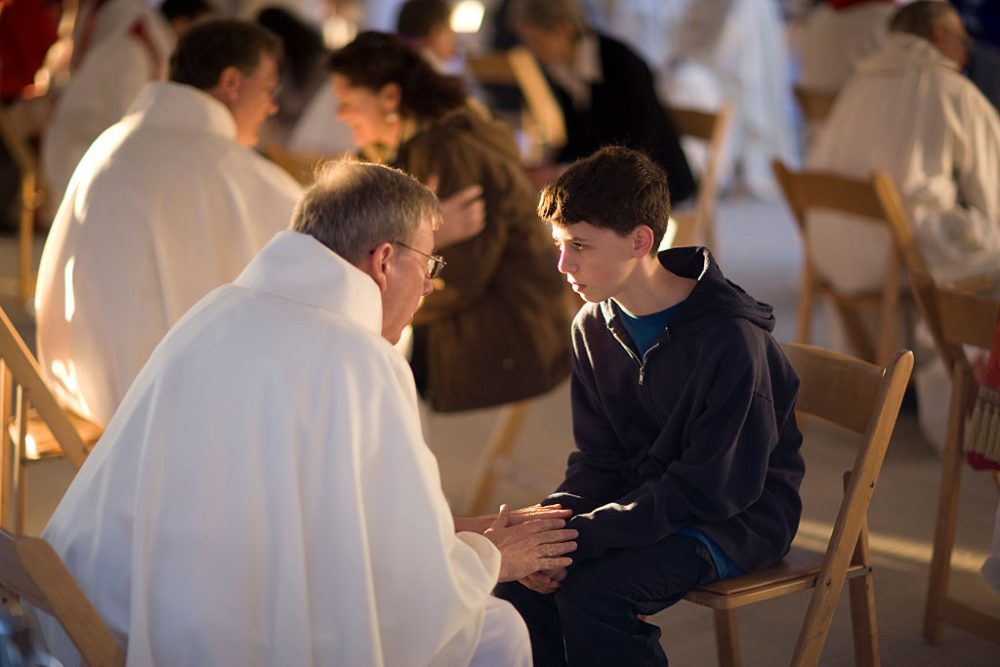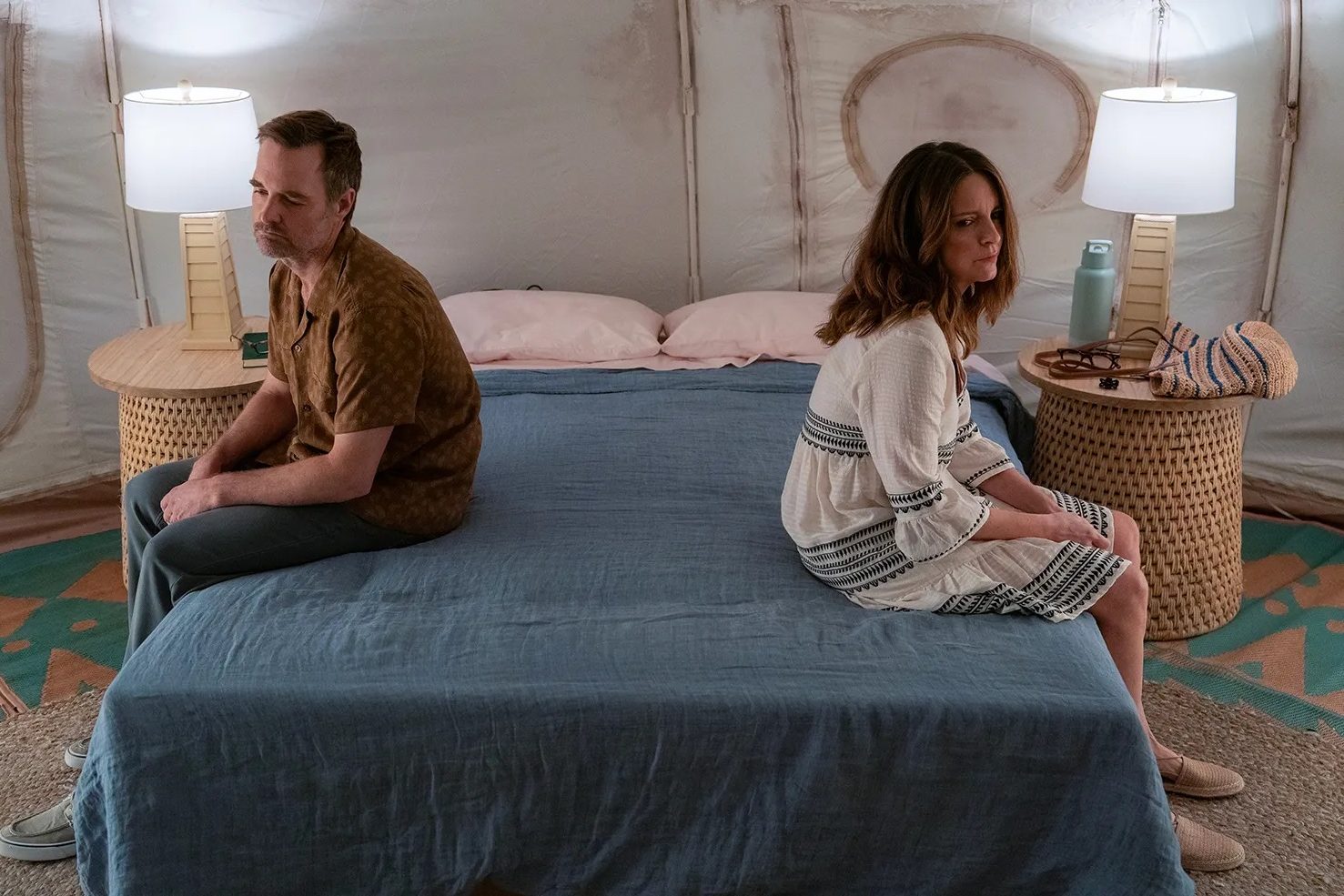Golf has never been weirder or better. As the season shifts into high gear with the Masters this month, the staid old game keeps surprising players and fans. Three years ago, Covid threatened to put the most social sport on life support. Some of us diehards played through the first spring and summer of the pandemic, when bunker rakes disappeared because their handles might spread the virus. We left the pin in the hole when putting, fearing flagstick microbes, and putted into cups covered with Styrofoam or PVC piping to keep from infecting the hole itself. Golf carts were limited to one player per, then hosed down and sterilized after a round. There was talk that the game was in trouble.
The nineteenth hole lost its allure. It wasn’t exactly festive to sit alone in a socially distanced grill room, watching CNN on the bar TV because pro golf was on hold. In the depths of the pandemic, with sports events including the 2020 Masters and the Open Championship postponed or canceled, millions of sports-hungry YouTube viewers watched marbles roll downhill in races called Marbula One. Joe Buck’s “Quarantine Calls” found the sportscaster narrating clips viewers sent him, from a marble race (“The turquoise ball is behind!”) to a boy sinking a long three-pointer (“And he got it! To the delight of his dad!”).
But sports bounced back, with golf at the fore. As soon as pandemic restrictions eased, the game hit new heights. By 2022 the golf business had grown more than 30 percent in three years, partly because Gen Z discovered the game online during the shutdown. Last year, according to the National Golf Foundation, more than 3 million Americans played golf for the first time. Twelve million Americans from eighteen to thirty-four, including more women than ever before, are now golfers or golf fans.
Just in time for a war at the top of the game.
The upstart LIV Golf tour, funded by Saudi Arabia’s $700 billion sovereign wealth fund, struck first, by poaching PGA Tour stars including Phil Mickelson, Dustin Johnson and Brooks Koepka. Mohammed bin Salman’s regime lured them by shoveling oil money into their pockets, with Mickelson signing for a reported $200 million. A graying, forty-two-year-old Sergio Garcia, with PGA Tour earnings of $54 million in his twenty-three years as a pro, got an instant $40 million to lose LIV tournaments to younger, better players.
Golf pundits like me predicted a quick death for LIV. Donald Trump disagreed. The former golfer-in-chief, who hosted LIV events on his courses, warned Tour players to follow the money. “All of those golfers that remain ‘loyal’ to the very disloyal PGA,” he wrote on Truth Social, “will pay a big price when the inevitable MERGER with LIV comes.”
Sure enough, the suits in the PGA Tour’s executive suites soon brokered a secret deal with the Saudis. Last June, commissioner Jay Monahan announced a grand bargain with the insurrectionists. Without consulting its own players, the PGA Tour announced that it would partner with LIV, just as Trump had predicted, with Saudi billions financing the pro game’s future.
Then the plot thickened like US Open rough.
The pros who’d stayed loyal to the Tour didn’t appreciate being shut out of a backroom deal with the enemy. To avert a rebellion from within, Monahan and his fellow executives agreed to add a new member to the Tour’s all-powerful policy board: Tiger Woods. Suddenly the inmates were running the country club. Even at forty-eight, Woods is the most important figure in golf. Adding him to the board at a moment Woods called “a critical point for the Tour” gave the players a voting majority on the policy board.
During months of behind-the-scenes dickering, the Saudis failed to finalize their deal with the suit-and-tie guys, which began to look less like a takeover and more like a multibillion-dollar investment in a Tour now effectively run by the players. In December, LIV Golf renewed hostilities by poaching 2023 Masters champ Jon Rahm for more than $500 million. Rahm, the third-ranked golfer in the world, who had said he felt “betrayed” by last year’s backroom deal with MbS’s minions, betrayed no remorse for a deal that made him the world’s second-best-paid athlete of 2023 behind soccer’s Cristiano Ronaldo.
He and other LIV golfers will tee up at the Masters beside Tour loyalists as the pro game chugs toward a new, unpredictable summer. But the LIVers may have been outmaneuvered. In January, Woods and the newly constituted policy board announced a pact with the Strategic Sports Group (SSG), a well-heeled group of moguls including Arthur Blank, owner of Home Depot and the Atlanta Falcons, New York Mets owner Steve Cohen and the owners of the Boston Red Sox, Milwaukee Brewers and Milwaukee Bucks. SSG will pump between $1.5 and $3 billion into the PGA Tour, reducing the Saudis’ sovereign wealth fund from pro golf’s dominant force to just another big-money investor. In the end, arranging that investment may be a key part of Woods’s legacy, along with his fourteen major championships and countless records. It was his policy board that turned a potential takeover into a new paradigm that will make golfers equity partners in the PGA Tour.
Back in 1968, Jack Nicklaus and Arnold Palmer helped invent the PGA Tour, leading their fellow touring pros to create an organization of their own. More than half a century later, Woods led a move that will shape the pro game’s future.
There’s a good chance that future won’t include LIV. With or without Rahm, the upstart tour is minor-league golf. Its team format was meant to add spice to LIV’s fifty-four-hole events, but nobody cares if Bryson DeChambeau’s “Crushers” beat Garcia’s “Fireballs.” If a new, lavishly funded PGA Tour can make Rahm the last big-name defector, LIV will go the way of New Coke and Google Glass.
Golf’s best new wrinkle may involve team golf in a format involving Woods and Rory McIlroy. Their TMRW (for “tomorrow”) Sports Group plans televised matches starring Woods, McIlroy and other Tour stars at a sprawling indoor arena in Florida, with some of the world’s best players smacking balls at sim screens the size of stadium scoreboards — plus real-time betting. Their TGL (“Tomorrow’s Golf League”) events were set to tee off this year, but a storm blew down the roof of their venue, postponing TGL’s debut until 2025.
Meanwhile the grassroots game thrives in ways nobody expected three years ago. In Manhattan, office towers, half-emptied by Covid, hold indoor driving ranges equipped with the latest simulators. You can Uber to Midtown and spend an hour knocking balls around a vivid simulacrum of the Old Course at St. Andrews. An estimated 20 percent of all golf is now played on simulators.
More and more golfers pick up the game at off-course venues like TopGolf, where friends meet to drink, snack and knock balls at illuminated targets — sort of like upscale bowling. Young adults have heard that golf is the best game for networking, and they want in. According to one Gen-Z golfer, young people “yearn to obtain the lifestyle and status that comes with old money. Adding golf to their list of interests brings them a step closer to obtaining it.”
The game’s growth has supercharged the $100 billion golf industry. Sales of equipment and apparel at PGA Tour Superstores, the nation’s top golf-retail chain, where popular drivers like the Titleist TSi3 and Ping G430 cost more than $500, jumped 90 percent in two years as the pandemic ebbed. A dozen Titleist Pro V1 balls sell for $55 — and they’ll be contraband by the end of the decade due to new rule changes. The much-discussed “rollback” of the golf ball will limit distance for the pros (by about fifteen yards) starting in 2028 and everybody else (by a couple of yards) in 2030. That’s when you may see a shady guy selling today’s Pro V1s from the trunk of his car: “Psst — wanna play a ballsier game?”
Golfers seeking an edge this year can try new putters like the $300 Odyssey Ai-One, designed by AI so that putts wind up “21 percent closer to the hole,” according to the manufacturer. But there’s a downside: a putter like that will cost me 79 percent of my usual excuses.
All these new wrinkles come in a year that will see Americans elect the next golfer-in-chief. Since William Howard Taft set the precedent a century ago, seventeen of twenty presidents, including Trump and Joe Biden, have been golfers. Did you know there was a golf simulator in the White House? After Trump took office in 2017, he sneered at Barack Obama’s crummy simulator and replaced it with a better one. Four years later Biden, a member at the Wilmington Country Club in Delaware, got a look at Trump’s $50,000 simulator and muttered, “What an asshole.”
This year’s golf season has already featured a run at the best round ever. In February, Wyndham Clark shot 60 to win the AT&T Pebble Beach Pro-Am, barely missing a putt for 59. Clark will join the pro game’s leading lights — including LIV golfers like Rahm — at this year’s Masters, the first major of a new era in pro golf.
This article was originally published in The Spectator’s April 2024 World edition.























Leave a Reply